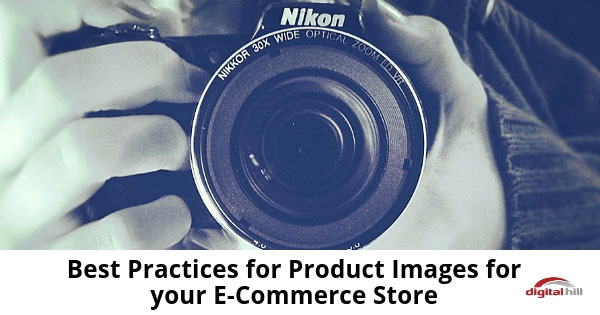Best Practices for Product Images for your E-Commerce Store

Online shoppers rely on visual content when evaluating items they want to buy. It’s crucial that your website has inviting photos to convert casual visitors into buying customers. To guarantee you achieve this goal, follow these best practices:
Take high-quality photos
Some entrepreneurs hire professional photographers. But if that isn’t in your budget, you’ll need to learn the basics of photography and photo editing. The good news is many free resources to cover both topics.
Of course, you’ll still need to invest in tools. Like a decent camera to take great photos, a photo light to provide ample lighting, and access to online tools or software for image processing. Affordable options are available. Get a refurbished camera or a brand new basic one, depending on your skills. For the product lightbox, make your own. For Photoshop, subscribe to Adobe Creative Cloud’s Photography package for around 10 USD a month.
Use high-resolution photos
People like to inspect the products they plan to buy. This is true for brick-and-mortar stores as well as online stores, so don’t post small images or only single images! People can’t zoom in and they want to see different angles. Instead, upload high-resolution photos that can be enlarged for a close inspection.
There’s a catch, though. The bigger the photo, the larger the file size, and the longer the load time. So it’s best to get that size that’s as small as you can get away with, but as large as it needs to be. Since most people use their smartphones as their primary device for browsing, go with images that display well on smaller screens.
Post photos from different angles
An item may look good from the front, but what about from the side? Or the back? This is especially critical for things like clothes, accessories, or decor. Even food items are not exempt because people want to see ingredient lists and expiration dates.
The best way to present multiple photos of the same item is to post a gallery which people can browse with ease. Use WooCommerce? Then use its image gallery feature to display all photos attached to a specific product. You can reorder images via drag and drop so that you can update them at any time without a hassle. You may also use an online collage creator to combine multiple photos into one image, perfect for showcasing before-and-after shots of a product. Whether you’re selling physical or digital products, make sure to show your customers all angles and details.
Speed up loading time
Photos on your website should load fast. If the pictures take too long to load, people are inclined to leave your website rather than wait. After all, there are other online stores they can go to.
But how do you make load time quick if you’re going to post multiple high-resolution photos from different angles? Image optimization. This refers to reducing file size when saving, but still retaining the quality. Photoshop has a built-in optimizer, but you can also use other tools to compress your image files even further. I frequently Tinypng.com. Cut load time by as much as half if you apply image optimization. As well, tools like SmushIt Pro Plugin for WordPress sites can optimize images for fast loading.
Add alt text
To Google, images are a big hole, it doesn’t “see” them. That’s why you need to use Alt text on your images. Also, some people browsing your website may be visually impaired. To make an image accessible, add descriptive alt text to your images. This way, you are optimizing for SEO and assisting when visitors can’t see the images, they still serve their purpose of educating customers to buy.
These 5 best practices should give you a good start on quality product images for your online store. If you have some additional questions on tools or software to optimize your images, let us know in the comments.
